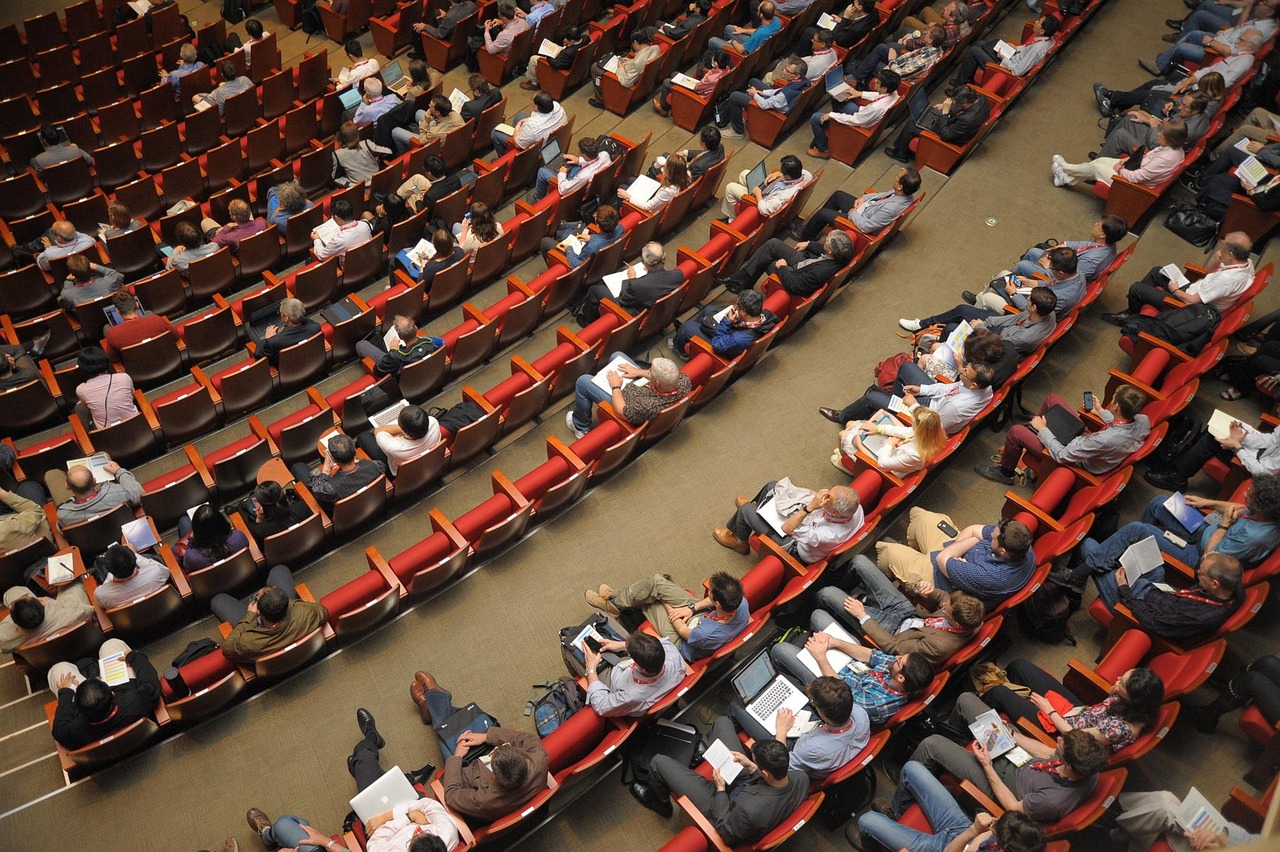Pepi’s text landed at 06:41: “Kitchen says 29°C already.” The city hadn’t earned that number yet. By 08:15 the stairwell felt like a parked bus. At 09:00 we gave up on pretending this was a normal week and started a building heat log.
What we measured, how we measured it
- Three floors, six flats, one north façade storeroom as control.
- Readings every three hours: air temperature, relative humidity, and a rough radiant check with an IR thermometer on interior wall surfaces.
- Doors to the stairwell closed except during cleaning.
- Windows rule for the trial: shutters and blinds fully down on sun sides from 10:00 to 18:30, window airing cross-breeze only 07:00–09:30 and 22:00–00:30.
- Fans on low, pointed to the ceiling in the afternoon to break stratification.
Our baseline at 07:00 was 27–29°C in most rooms, 26°C in the north storeroom. The hot flats hit 33°C by 14:00 with peak wall surface 36–38°C on the west block where the new glazing project replaced shade with bragging rights.
What failed first
- Rob’s “efficient” split unit tripped out at 14:12 with an E7 overheat fault. No exterior shading, black frame facing west.
- Pepi’s desk fan pushed warm air in circles. Her oven door leaks heat even when off; it became a small radiator.
- The stairwell glass acted like a greenhouse. At 15:00 the stairwell read 35°C and was bleeding heat into every door that opened.
What worked in the first 24 hours
- Bedsheets as exterior awnings. Two neighbours taped sheets to balcony rails and clipped them to the clotheslines above. Ugly, effective. West interior wall dropped 2–3°C within ninety minutes.
- Night purging the stairwell. We propped the roof hatch and ground-floor door from 22:30 to 00:15. Stairwell fell from 34°C to 30°C. Not enough, but it meant morning started closer to survivable.
- Cross-breeze discipline. One window open upwind, one downwind, doors propped with a chair. When more than two windows are open the pressure drops and you lose the flow. The best performance we saw was a 1.5°C room drop in forty minutes in a second-floor corner flat.
What we changed by day three
- Awnings, but properly. We bulk-bought six clamp-on awning arms and outdoor fabric, €34 per balcony. Mounted in twenty minutes with a hex key and goodwill. West-facing rooms stopped spiking above 31–32°C even at the worst hour.
- DIY stairwell chimney. Two 400 mm fans on the top landing blowing out, one 400 mm on ground level drawing in from the shaded lobby. With the hatch open at night, stair temperature fell 3.2°C in two hours and flats next to the core woke 1°C cooler.
- Heat sources off. We put a handwritten sign on the stairwell: “No oven use 12:00–19:00 unless absolutely necessary.” Not a rule, a request. It worked. Pepi made gazpacho and taught three neighbours her recipe in the hallway at 18:10.
Numbers from the worst day (Friday)
- 07:00 outside 28°C. North storeroom 26.2°C, west bedroom 28.9°C.
- 14:00 outside 38°C. West bedroom without awning 33.8°C wall 38.1°C. West bedroom with awning 31.1°C wall 34.5°C.
- 22:00 outside 31°C. Stairwell after night purging setup 31.4°C; without purging the previous night it had been 34.6°C.
Why this matters more than repainting
We have spent two years arguing about colour, lift posters, and which contractor leaves fewer cigarette ends. The heat makes the priorities obvious. Exterior shade beats glass specs on any west façade. Cross-vent beats “tilt-and-turn” windows left ajar at midday. A stairwell that breathes at night is a free, shared resource.
Low-cost measures you can copy this week
- Clamp-on awning arms and breathable outdoor fabric on any west or south balcony. If you rent, these do not perforate anything. Test height, aim for a view slot, not a full view.
- White or reflective roller blinds behind shutters. Two layers give you options as the sun moves.
- Cross-breeze discipline. One upwind opening, one downwind, doors propped, ten to fifteen minutes every hour in the peak heat. More openings reduce pressure.
- Night purging. Two hours with safe top-to-bottom opening. If you have a roof hatch, that is your chimney. If not, highest landing window plus lowest lobby door.
- Internal heat cut. Ovens off in peak hours, lids on pots, chargers and routers off a strip in rooms where people sleep.
Medium-cost that pays back
- Exterior awnings with neighbour bulk-buy. We priced manual cassette awnings at €265–€320 each installed if we order ten at once. Our grid can handle a shared quiet drill and four volunteers one Saturday morning.
- Reflective film on west glass that sees direct sun. €12–€20 per square metre DIY. Combine with external shade for best results.
What the conference promised, what the staircase needs
A decade on from WSB14, the words that stuck were passive first, fabric before systems, people before ratings. The staircase agrees. We do not need another brochure photo of a green wall. We need shade in July, purge air at night, and a way to get help to the neighbours who cannot climb to the roof hatch.
What we will do next
- Bring the awnings to a vote with three quotes and photos taken from the street so people can see it is not an eyesore.
- Formalise night purging with a rota and a key box. If one person is away, another opens and closes.
- Map grants for shading so we can reduce out-of-pocket for pensioners. We will write a two-page guide in simple Spanish and Catalan with the forms already highlighted.
If you want to see simple shade done well
There is a reason seaside towns solve heat with fabric and habit. For a clean example of exterior shade and light control in practice, visit website – Javea, one of our favourite places down the coast. My wife was dragged up there lol.
Closing notes and a small win
On Sunday at 03:05, six of us carried jugs to the roof to water the planters and check the hatch prop. It was still 29°C up there. The city hummed like a transformer. Downstairs Pepi had taped a thank-you note to the stairwell fan with a sprig of basil. It smelled like a kitchen, not a machine. It also smelled like a decision made by people who live here.
If your building wants our template for the heat log, awning bulk sheet, or the night-purge rota, say so. We will share the files and the mistakes. The fans will still complain next July. They will not be alone.



